Insta360 Flow Pro vs DJI OM 6: Five Things to Know
By Naila Syifa
Updated July 2024

If you're looking for a gimbal, the Insta360 Flow Pro and DJI Osmo Mobile 6 are top names to consider. The Flow Pro is known for its impressive iPhone integration, making it one of the best gimbals for iPhone users.
However, the DJI OM 6 offers its own unique set of features and capabilities that may appeal to some users.
To help you decide between these two gimbals, here are 5 key aspects you should know before making your purchase!
Key Takeaways
Overall, Insta360 Flow Pro is more feature-rich than DJI OM 6. It offers 360° panning capability, third-party app integration in iOS and Android, and superior battery life. The only area where DJI OM 6 may have an edge is its compatibility with an Apple Watch for remote control.


Insta360 Flow Pro
Dedicated Gimbal for iPhone
✓ 3-Axis Stabilization
✓ Deep Track 3.0
✓ 360° Infinite Pan Tracking
✓ Apple DockKit

DJI Osmo Mobile 6
Advanced Professional Gimbal
✓ 3-Axis Stabilization
✓ ActiveTrack 6.0
✓ Quick Launch & Gesture Control
✓ Built-in Tripod & Selfie Stick
#1 Price

DJI Osmo Mobile 6
Insta360 Flow Pro and DJI Osmo Mobile 6 are both premium gimbals.
When it was first launched in 2022, DJI OM 6 was priced at US$159, slightly higher than the Flow Pro which launched at a US$149 price tag.
However, as of 2024, the DJI OM 6 can now be found for US$149, closing the price gap between the two to zero.
#2 Design
Portability

Insta360 Flow Pro
Both gimbals are lightweight, foldable, and portable. The Flow Pro is more compact when folded, while the DJI OM 6 is slightly lighter in weight.
When folded, the Flow Pro measures 3.1 x 6.4 x 1.4” and weighs 366 g, while the DJI OM 6 measures 3.3 x 7.4 x 1.7" and weighs 305 g. Nevertheless, both gimbals are designed with portability in mind.
Use & Control

Insta360 Flow Pro Magnetic Phone Mount
Attaching phones to the gimbal is easy with a magnetic phone clamp included for both models, but the Flow Pro offers an even easier and quicker attachment with an optional MagSafe-compatible Magnetic Phone Mount. It works only for iPhones and will cost you another US$20, but it provides a seamless and secure connection without having to fiddle with the clamp.
Another difference between the two concerns the gimbal's control interface. Both models feature fairly the same buttons like the shutter button, switch button, joystick, and zoom wheel, but the Insta360 Flow Pro integrates these controls in an all-in-one SmartWheel that looks more modern while the DJI OM 6 has a more traditional separate button layout.

DJI Osmo Mobile 6
DJI OM 6 also features a status display where we can view the status indicator, gimbal modes, and battery life, while the Flow Pro relies on 4 indicator lights to provide information regarding modes and battery life.
One more difference regarding control is the way we change modes. In the DJI OM 6, toggling between gimbal modes is done by pressing the M button once. Meanwhile, in the Insta360 Flow Pro, you can swipe the touch panel to switch between gimbal modes. Swiping clockwise will cycle forward and swiping counterclockwise will cycle backward through the available modes. I think this is more intuitive and convenient compared to the button press on the DJI OM 6.
Added Design Function
Insta360 Flow Pro
Insta360 Flow Pro integrates a 215mm selfie stick, an 80mm tripod, and a power bank to charge your phone while in use, providing a comprehensive all-in-one solution.
Meanwhile, DJI OM 6 only integrates a 215mm selfie stick into the design. The tripod is included in the box but is attached separately, not built-in as part of the gimbal itself. DJI OM 6 also doesn't offer built-in power bank functionality to charge your phone while using the gimbal.
Insta360 Flow Pro also features a Tracking Ring Light on top of its grip, which flashes green to indicate the tracking mode is active. It serves as useful visual cues for solo vlogging, giving users the confidence that the gimbal is successfully tracking their movements. Tracking Ring Light or a similar visual tracking indicator is not found on the DJI OM 6.
#3 Features
Tracking & Stabilization

Insta360 Flow Pro
Both gimbals offer AI-powered tracking technology, which is known as the Deep Track 3.0 for the Insta360 Flow Pro and Active Track 6.0 for the DJI Osmo Mobile 6. These two tracking technologies offer reliable subject-tracking capabilities, allowing you to track persons, animals, or objects and can keep them tracked even when the subject is temporarily blocked. Zoom tracking is also supported in both gimbals.
Insta360 Flow Pro and DJI OM 6 also use the same 3-axis stabilization system, but the difference lies in the mechanical range supported by each model.
Insta360 Flow Pro
Pan: 360° continuous rotation
Roll: -150° to 180°
Tilt: -100° to 82°
DJI Osmo Mobile 6
Pan: -161.64° to 173.79°
Roll: -120.30° to 211.97°
Tilt: -101.64° to 78.55°
Insta360 Flow Pro boasts 360° infinite panning, allowing the gimbal to rotate continuously without any limitation, whereas the DJI OM 6 has a more restricted pan range. This could be a significant advantage in terms of creative flexibility for certain shooting scenarios.
One practical example is the ability to capture a full 360-degree panoramic shot with the Insta360 Flow Pro's unlimited panning, which would not be possible with the more limited pan range of the DJI OM 6. DJI OM 6 only supports up to 240-degree panorama.
In-App Features

DJI Osmo Mobile 6
Another aspect to scrutiny in terms of features is the companion app offered by both gimbals. Insta360 Flow Pro offers the Insta360 app, while the DJI OM 6 offers the DJI Mimo App and LightCut.
Both apps allow for easy control and customization of the gimbal's settings and features, as well as the ability to edit and share your videos directly from the app. A unique feature both apps share is known as Shot Genie for the Insta360 and ShotGuides for the DJI. Both provide intelligent shooting technique recommendations and tutorials to help you capture better content depending on the scene or subject you are filming.
Both the Flow Pro and DJI OM 6 also feature gesture control, which allows you to control the gimbal with simple hand gestures without physically touching the device. It is a convenient feature for hands-free operation.
#4 Compatibility

Insta360 Flow Pro
Insta360 Flow Pro and DJI OM 6 both support iPhone and Android phones, but iPhone users have more benefits in terms of features on both models. The Flow Pro also has a deeper integration with iPhone, making it a better choice for iPhone users.
iPhone & Apple Devices Compatibility
Insta360 Flow Pro supports Apple DockKit, which allows the gimbal to work with iPhone's native Camera app as well as over 200 third-party iOS apps like Instagram, WhatsApp, YouTube, TikTok, Skype, Snapchat, Telegram, Facebook, Discord, Google Meet, CapCut, Final Cut Camera, Meitu, Lightroom, VivaVideo, BIGO LIVE, VSCO, SNOW, ZEPETO, and many others.
Meanwhile, DJI OM 6 only supports tracking within the DJI Mimo app, so you can't have the gimbal to track and follow you during a video conference in Zoom or during a live stream on other platforms.
DJI OM 6 limits you to create video from the DJI Mimo app and then share it to other platforms, while the Flow Pro allows you to directly track and record video from within the native apps you use without the need to export and share from the Insta360 app.

DJI Osmo Mobile 6
However, DJI OM 6 has an advantage with Apple Watch remote control capability, which the Flow Pro currently lacks. This feature allows you to control the gimbal functions directly from your Apple Watch, a convenience that iPhone users may find appealing.
Another aspect that iPhone users will have more advantages compared to Android users concerns quick pairing functionality. Insta360 Flow Pro offers seamless and automatic first-pairing via NFC using DockKit, and subsequent pairing is also quick with auto-reconnection.
First-time pairing with the DJI OM 6 uses Bluetooth, which is a bit more manual and has more steps compared to the Insta360 Flow Pro's NFC pairing process. However, for subsequent pairing, the DJI OM 6 can also automatically reconnect. Quick Launch feature can be enabled for iPhone users, which automatically displays a pop-up to launch the DJI Mimo app as soon as the gimbal is unfolded.
Android Compatibility

Insta360 Flow Pro
Now the question remains for Android users. Which gimbal has better compatibility with Android phones? I would say the Insta360 Flow Pro is more well-equipped. Within the Insta360 app, there is a Live Mode feature, which allows you to use the gimbal's tracking capabilities in third-party apps. It is similar to how the Flow Pro can integrate third-party iOS apps for iPhone users, but Live Mode for Android is far more limited.
First of all, Live Mode only works with Instagram, TikTok, FaceTime, Skype, Facebook Messenger, WeChat, Lark, and Line, so the compatibility is more restricted compared to the extensive third-party app support on iOS. Live Mode also only supports portrait mode and requires you to open the Insta360 app first to use the feature, while iPhone users can directly go to the third-party apps without connecting to the Insta360 app first.
Despite these limitations, it is still great to see Insta360 providing some level of third-party app integration for Android users, even if it is not as seamless as the iOS experience. In comparison, DJI OM 6 can only be used within the DJI Mimo app solely, so Android users may find the Insta360 Flow Pro to be the more versatile in terms of third-party app compatibility.
#5 Battery

DJI Osmo Mobile 6
Insta360 Flow Pro wins by a landslide when it comes to battery. Having a built-in 2,900mAh battery, the Flow Pro can last for up to 10 hours on a single charge and takes around 2 hours to fully recharge.
Meanwhile, the DJI OM 6 is equipped with a 1,000mAh battery, which can power the gimbal only for up to 6 hours and 24 minutes, a far shorter runtime compared to the Insta360 Flow Pro. DJI OM 6 also takes around 1 hour and 24 minutes to fully recharge, which I expect would be quicker considering its much smaller battery capacity compared to the Flow Pro.
Insta360 Flow Pro vs DJI Osmo Mobile 6
Final Thoughts

Insta360 Flow Pro
Considering the key aspects covered in this article, I deem the Insta360 Flow Pro to be the overall winner. Costing only $100 higher than the DJI OM 6, the Flow Pro offers many more benefits for both iPhone and Android users.
The key advantages of the Insta360 Flow Pro include its all-in-one design that integrates a selfie stick, tripod, and power bank into the gimbal, a more intuitive control interface, 360° unlimited panning capability, seamless third-party app integration, and superior battery life.
While DJI OM 6 is also a capable gimbal, the Insta360 Flow Pro appears to be the more well-rounded and versatile option. DJI OM 6's only significant advantage over the Insta360 Flow Pro seems to be the Apple Watch remote control feature, which is appealing only to people who own both an iPhone and an Apple Watch.
If you like to read more on Gimbals, check out our other relevant guides here:
Best Gimbals
Insta360 Flow Pro vs Flow
Insta360 Flow Pro vs DJI Osmo Mobile SE
Insta360 Flow Pro vs Zhiyun Smooth 5S
Insta360 Flow Pro vs Hohem iSteady M6
Don't miss out on tech
Subscribe to our newsletter to stay up to date on the latest tech trends and guides on the best gadgets around.


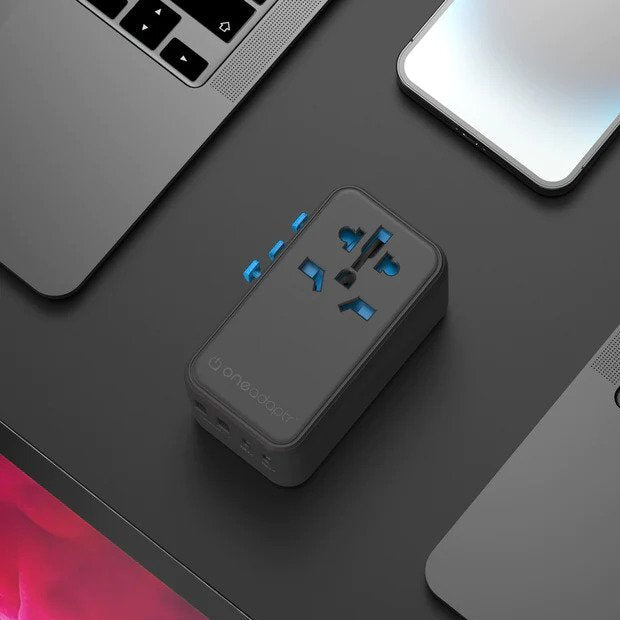
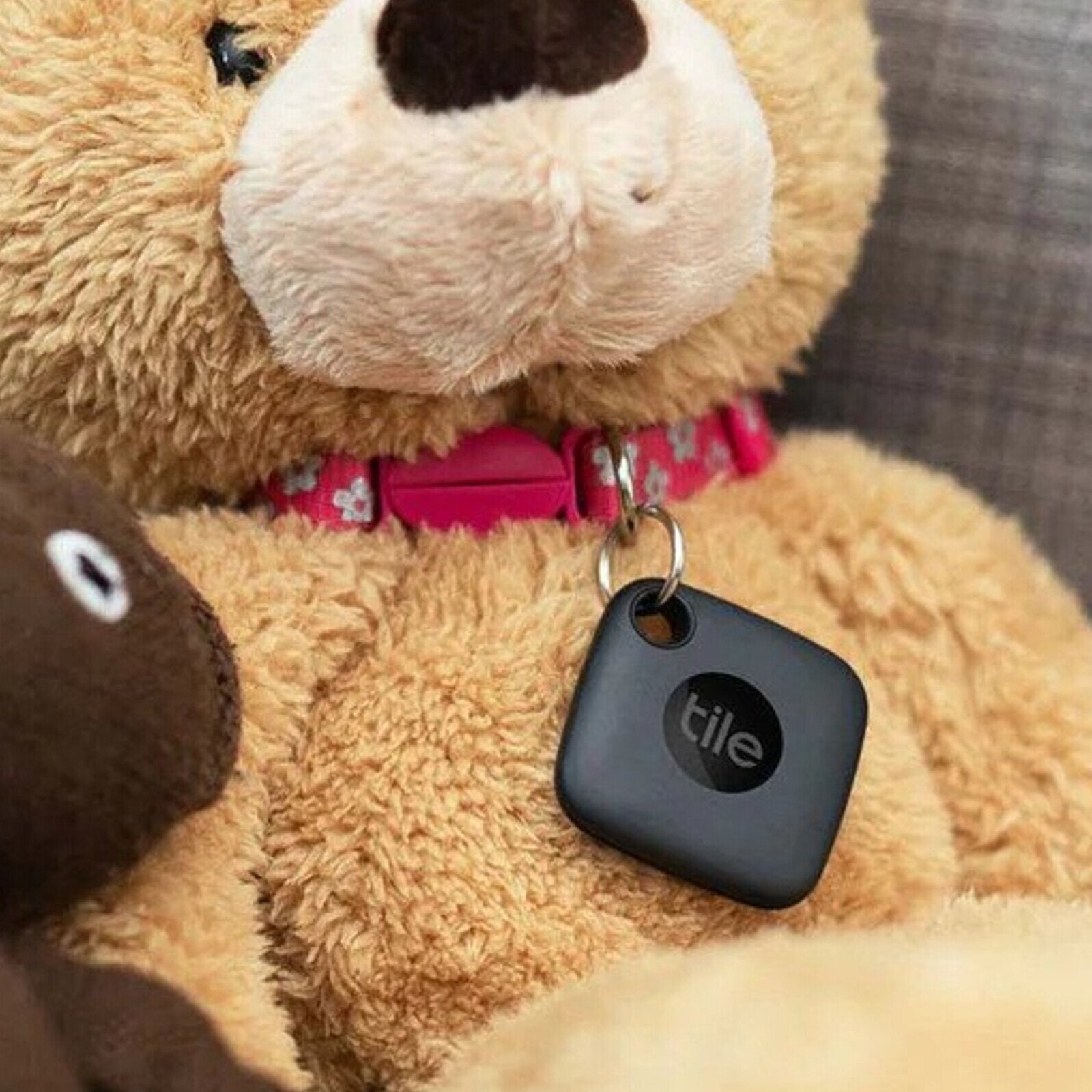






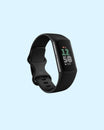
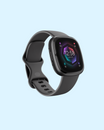
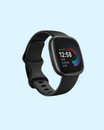

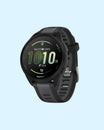
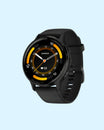
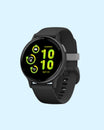
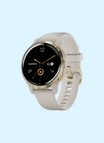

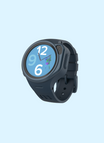



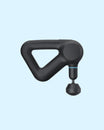








Leave a comment
This site is protected by hCaptcha and the hCaptcha Privacy Policy and Terms of Service apply.